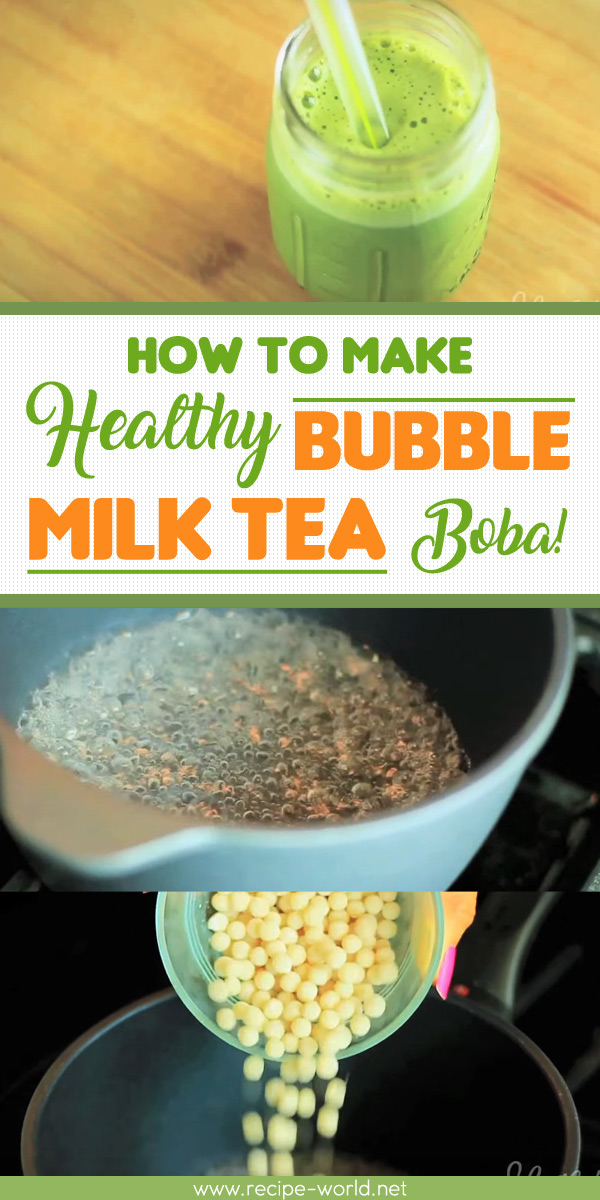Bubble milk tea is a favorite for many people. It is deliciously creamy, and you slurp these yummy pearls at the bottom. However, bubble milk tea may contain a lot of sugar.
With this recipe, you can have homemade bubble milk tea anytime you want. It is a healthier version that uses natural sweeteners.
Ingredients:
• Half a cup of almond milk
• Half a cup of ice
• 1 tbsp of matcha powder
• 10 to 12 drops of liquid stevia
• 1/4 cup of tapioca balls (boba balls)
• Half a cup of water
Instructions:
This recipe takes about 5 minutes to make. Serves 2 glasses.
Pour almond milk into a blender. Add ice, matcha powder, and liquid stevia.
Blend until smooth. Give it a taste!
In a saucepan, pour water and sprinkle with liquid stevia.
Bring to a boil and then add tapioca balls.
Stir and cook for 3 minutes.
In a glass, add some tapioca balls and then pour the matcha milk.
Ideas And Tips:
• Liquid stevia is a natural sweetener that contains purified water, pure stevia leaf extract, and grapefruit seed extract. If you don’t have this on hand, you can use honey, maple syrup or agave.
• Tapioca balls are made from tapioca, which is a starch that came from the cassava root. It can be made into flour used for baking and cooking. It is gluten-free and vegan. It is popularly used for bubble milk teas around the world. If you don’t like tapioca balls, you can make jelly strips instead. Jelly strips are made from gelatin and cut into strips.

images – https://www.youtube.com/watch?v=rknT26ykj0A
😳 What Tinnitus Does To Your Brain Cells (And How To Stop It)
After 47 years of studies and countless brain scans done on more than 2,400 tinnitus patients, scientists at the MIT Institute found that in a shocking 96% of cases, tinnitus was actually shrinking their brain cells.
As it turns out, tinnitus and brain health are strongly linked.
Even more interesting: The reason why top army officials are not deaf after decades of hearing machine guns, bombs going off and helicopter noises…
Is because they are using something called "the wire method", a simple protocol inspired by a classified surgery on deaf people from the 1950s...


